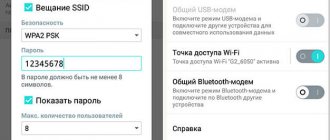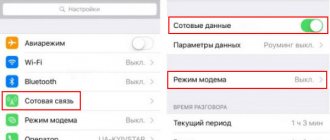Patch cords are an integral part of modern network systems. They are used to connect computers, servers, switches, and other equipment to the network. When purchasing and using patch cords, there are several key aspects to consider.
1. Cable Type:
- The first important parameter is the cable type. Coaxial, Twisted Pair, Fiber - each has its own advantages and is designed for different use cases. In most home and office networks, twisted pair cables are most commonly used.
2. Cable Category:
- Twisted pair cables are divided into categories, such as Cat5e, Cat6, Cat6a, Cat7, etc. The category determines the throughput and data transmission range. For example, Cat6 provides higher throughput than Cat5e.
3. Length of cable:
- It is important to select the appropriate cable length for a specific application. Cables that are too long can cause signal loss and poor network performance.
4. Shielded or Unshielded:
- Shielded cables have an additional protective layer, which reduces electromagnetic interference. However, for home networks where the influence of external factors is not so great, unshielded cables are often more than sufficient.
5. Connectors:
- The connectors at the ends of the patch cord must be reliable and of high quality. RJ45 is a standard twisted pair connector. Purchasing cables with high quality connectors will ensure a reliable connection.
6. Color Code:
- In networks with a large number of cables, color coding helps to easily identify connections and simplifies maintenance.
7. Brand and Reliability:
- Purchasing from reliable manufacturers and brands guarantees high quality materials and workmanship.
Selecting the right patch cord for sale with these aspects in mind will help create a stable and efficient network. Reliable, high-quality patch cords promote reliable data transmission and ensure long-term network performance.











